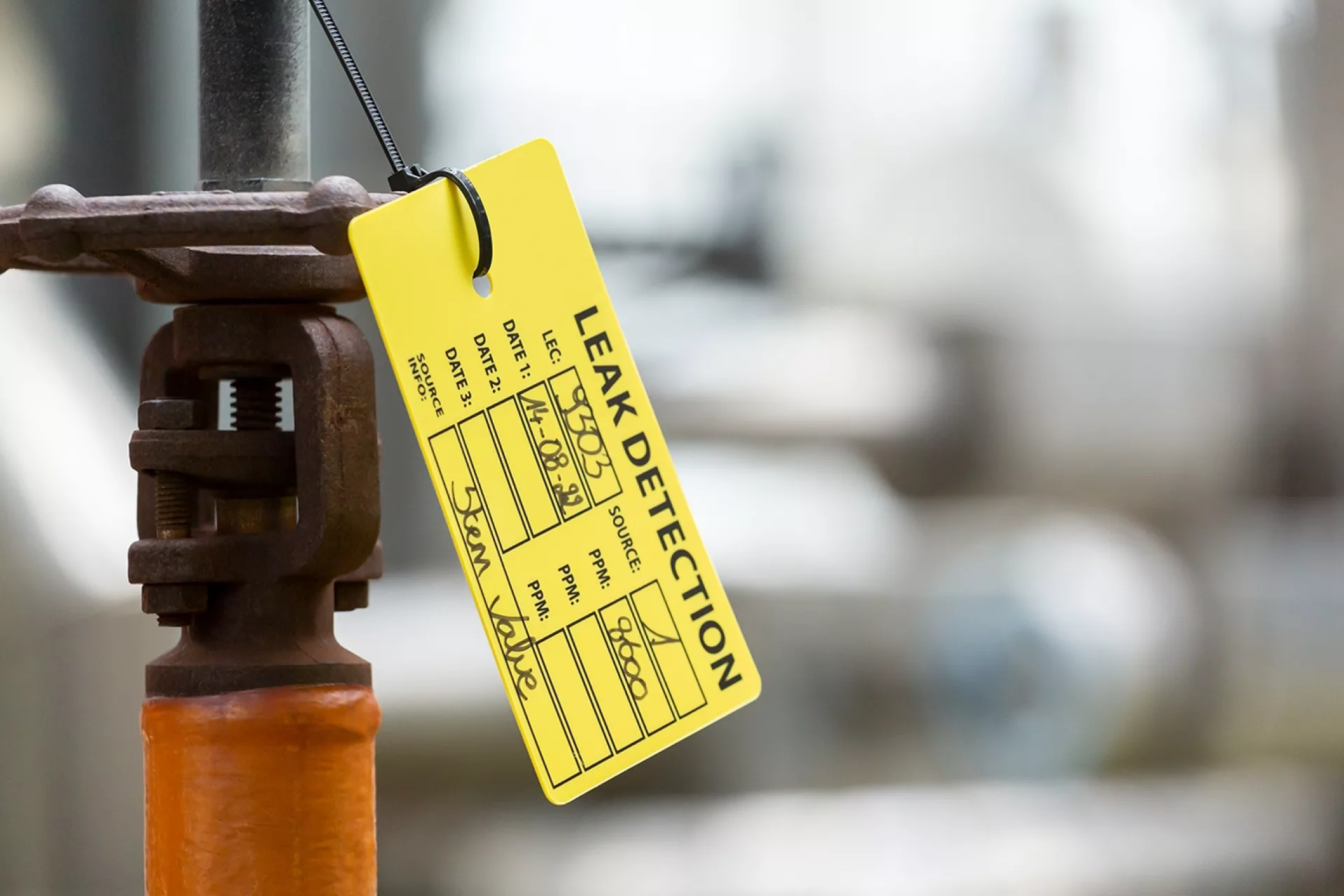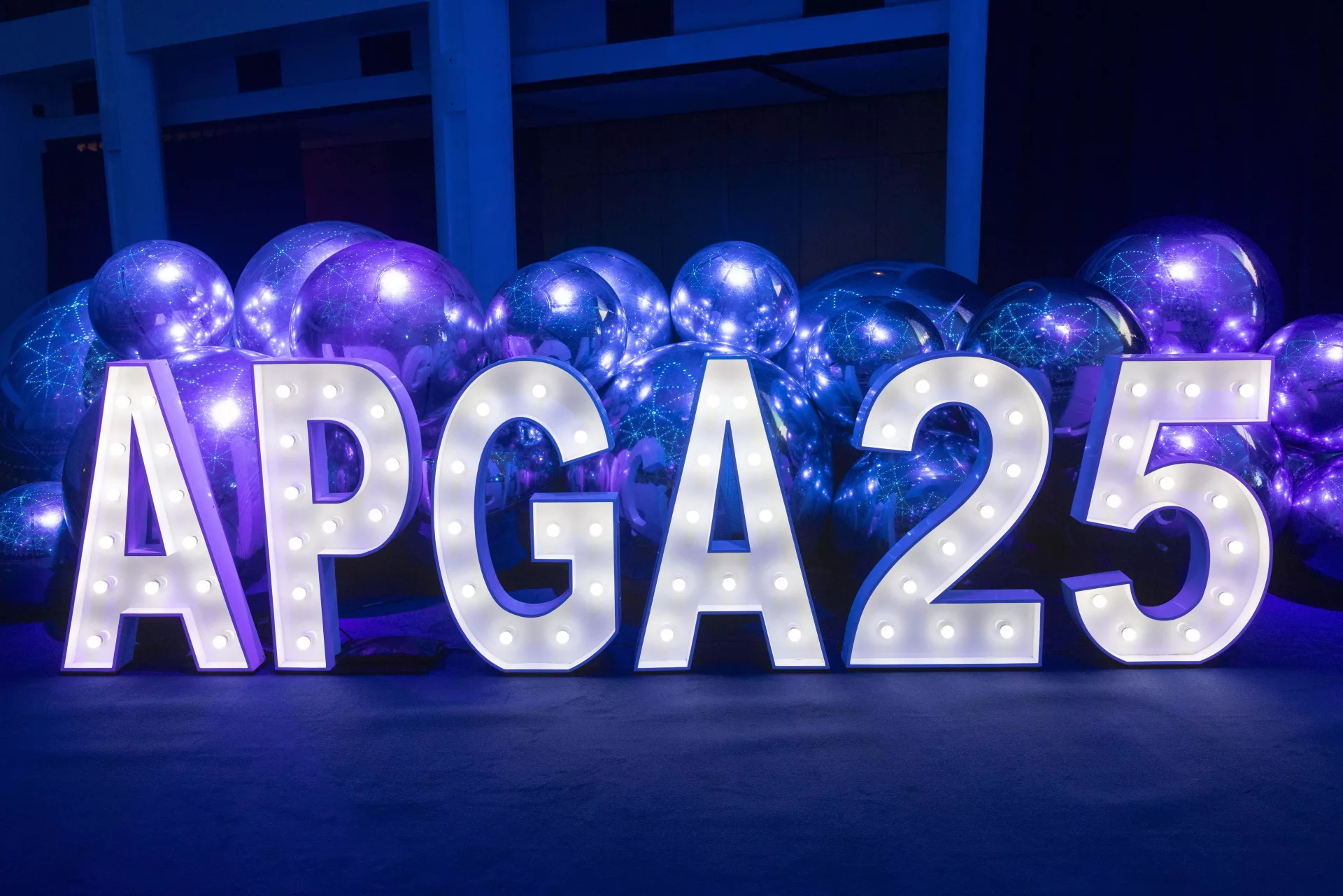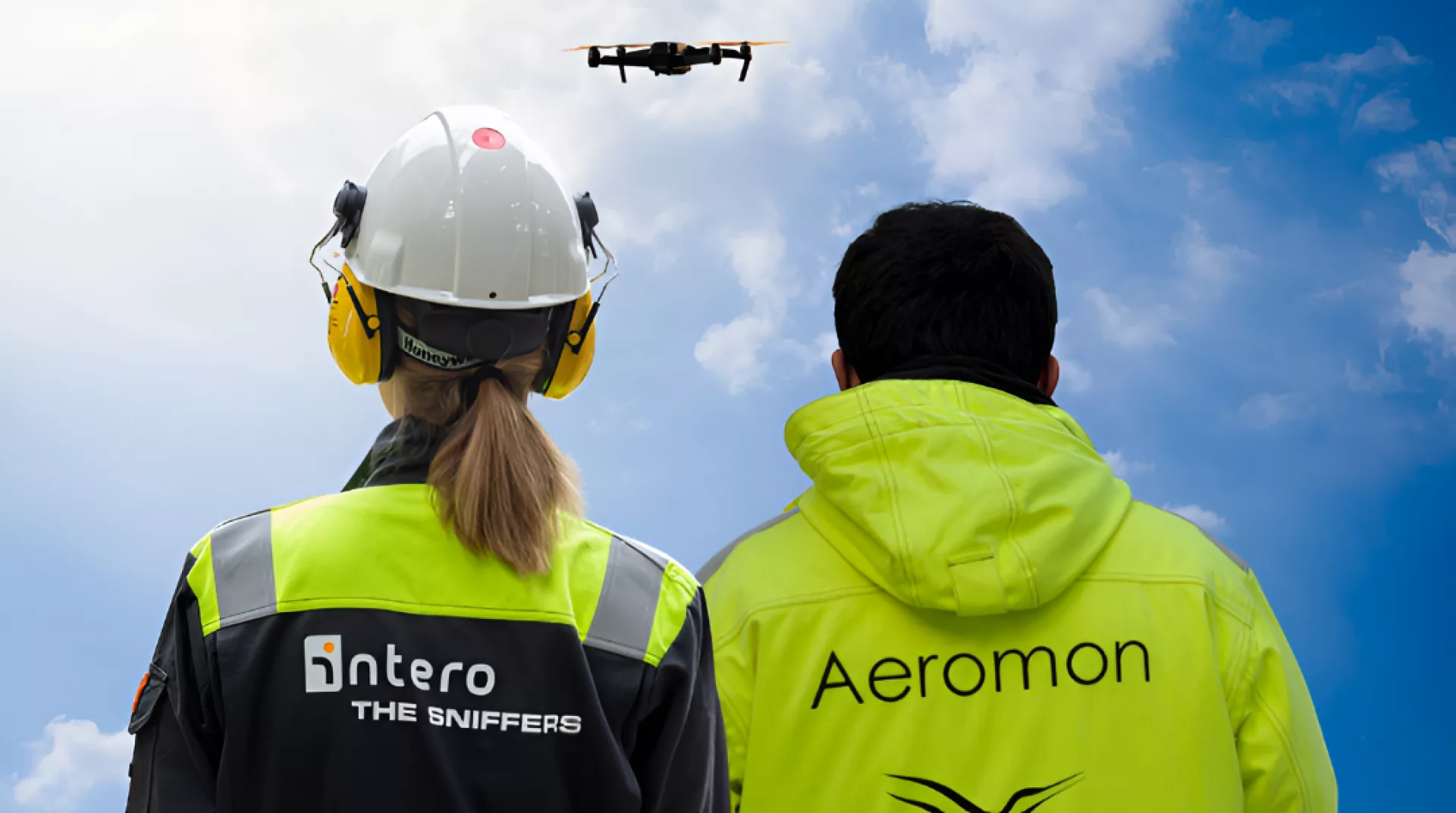
5 FAQs about the new European Methane Regulation
The first-ever law on managing methane emissions in the oil and gas industry has come into effect on August 4, 2024. If you are an operator in the EU, this has a significant impact on your operations.
Being a service provider, oil and gas companies come to us for advice, the execution of measurements, and reporting to comply with these new rules. In this blog post, our Innovation & Advisory Team of Intero – The Sniffers answers 5 frequently asked questions from clients when it comes to the new European Methane Regulation.
1. Who does the new European Methane Regulation apply to?
The new law focuses on the measurement, quantification, monitoring and reporting of methane emissions. The new rules apply to:
- O&G exploration
- Production
- Gathering and processing
- Wells
- Storage
- Gas transmission
- Gas distribution (no metering at final consumption points and the lines between the distribution and the property of final customers)
The Regulation also applies to imported oil and gas. However, this will come into effect at a later stage from 2027 onwards.
2. What are the requirements of the EU Methane Regulation?
Before discussing the requirements, we’d like to give some background information. The Methane Regulation follows the OGMP 2.0 approach (Oil and Gas Methane Partnership 2.0). If you are not yet familiar with OGMP 2.0, you can find more information here. Whereas OGMP 2.0 is a voluntary initiative that oil and gas companies worldwide can join, the Methane Regulation applies to European operators. It is an environmental law as of August 4, 2024.
Other principles in the Methane Regulation include banning of venting and routine flaring (with some exceptions) and repairing found methane leaks very quickly.
When it comes to the requirements of measuring methane emissions, there are two main articles in the Regulation to pay attention to. The first one being ‘Article 12 MRV (Measurement, Reporting, and Verification)’. These MRV rules follow the OGMP 2.0 approach. The European Regulation includes specific deadlines you as an operator must hit. We have visualized these milestones for OGMP 2.0 and the milestones for LDAR (Article 14) in an infographic later in this blog post.
‘Article 14 LDAR’ talks about the mandatory execution of Leak Detection And Repair campaigns to find and repair unintentional methane leaks. The EU has also set specific deadlines when it comes to LDAR and differentiates between Type 1 LDAR surveys and Type 2 LDAR surveys. We explain the difference between Type 1 and 2 later in this article.
When we look at the deadlines to hit for LDAR, the first deadline is submitting your LDAR program to your authorities before May 5, 2025. It should include:
- a detailed description of your LDAR surveys and activities from inventory to compliant reporting detailing which approved measurement technologies you will use for which assets
- Specific timelines when you will measure which assets (including pipelines and wells)
- Relevant standards and methodologies used
You might have the impression that you have plenty of time to meet the first deadline, but it is quite the opposite. In fact, we highly recommend completing all these steps this year to ensure you meet the deadlines:
- Create a gap analysis where you assess your current methane approach and define areas of improvement,
- Define a roadmap towards compliance,
- Define the scope,
- Create or update your inventory of all sources for all assets,
- Execute your Type 2 LDAR program for all assets including pipelines and wells to ensure everything is completed by August 5, 2025, which is the second deadline.
The infographic below visualizes which milestones you must hit for both MRV and LDAR programs.
Questions about the new EU Methane Regulation?
Contact our experts and let's start the road to compliance together.

Intero wins APGA Innovation Award for Robotic MFL Pipeline Inspection

Intero Integrity Services establishes Supervisory Board to accelerate growth and strengthen leadership
